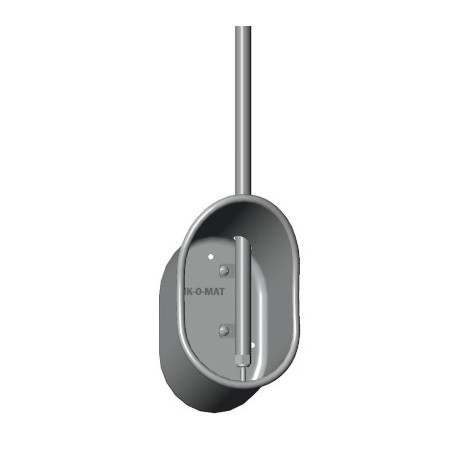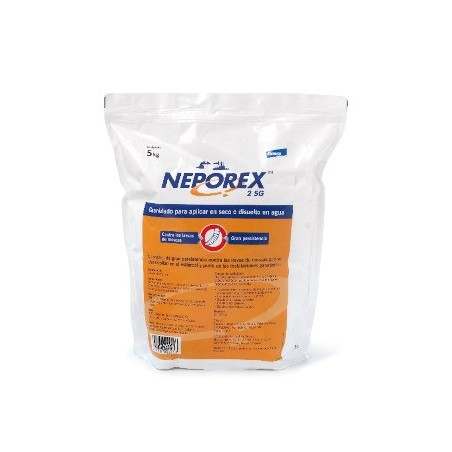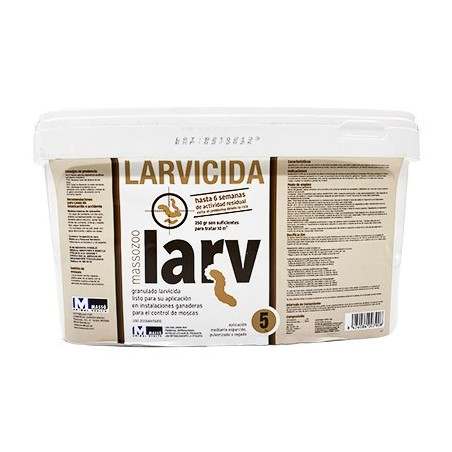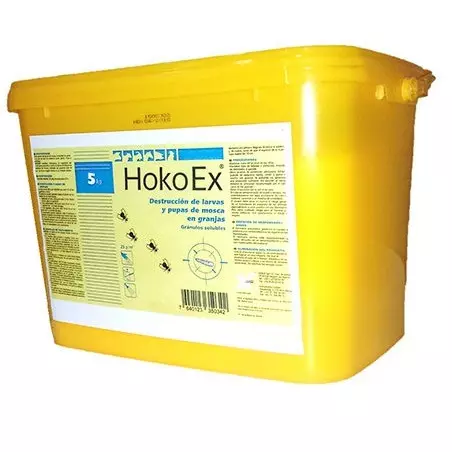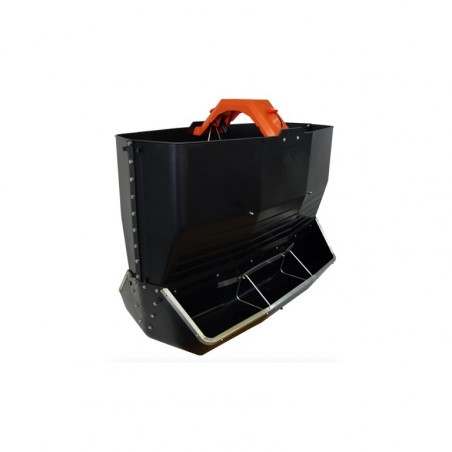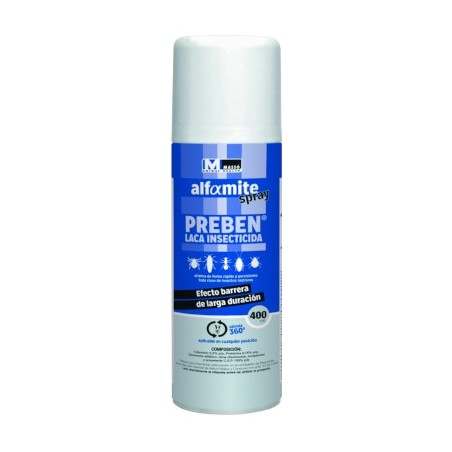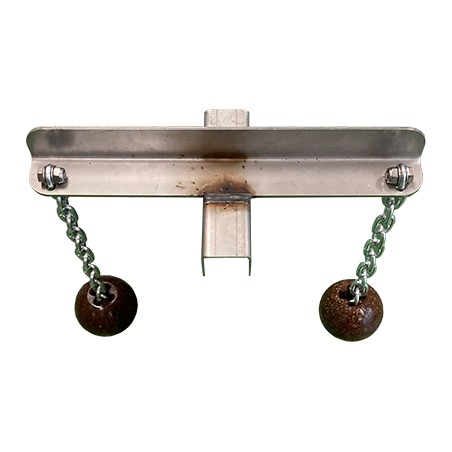Soybean meal is the conventional protein source for feed in the livestock industry, and the supply has declined in recent years while the demand has continued to rise, resulting in soaring prices for purchasing feed in livestock production. Thus, it is imperative to find new alternatives, and sustainable protein sources for livestock feed to reduce the use of soybean meal. Several insect species, such as Hermetia illucens, have attracted increased interest as a sustainable alternative to meet demand and either partly or completely replace conventional protein feed sources. Little or no research has been conducted to test whether feeding H. illucens larvae can change meat quality. Therefore, the aim of the present study was to assess the effect of supplying H. illucens larvae as a dietary protein source on meat quality traits of finishing pigs. A total of 72 crossbred (Duroc × Landrace × Large White) female pigs with a similar initial BW (76.0 ± 0.52 kg) were randomly allocated to three dietary treatment groups in a completely randomized design. Pigs in the three treatments received increasing levels of H. illucens larvae meal (0, 4% and 8%; HI0, HI4, and HI8, respectively). During the 46-day experimental period, pigs were housed in individual controlled pens with free access to water and ad libitum feed. BW, ADFI, ADG and F:G were recorded throughout the study. At the end of the trial, eight pigs from each treatment were randomly selected for carcass characterization and meat quality analyses. Results showed that the HI4 diet increased final BW and ADG and decreased F:G ratio when compared with HI0 and HI8. HI4 and HI8 diets increased loin-eye area, marbling scores, and inosine monophosphate content of longissimus thoracis (LT) compared with HI0 diet. The intramuscular fat content was greater in HI4 group than in the HI0 group. Furthermore, HI4 diet up-regulated lipogenic genes and MyHC-IIa mRNA levels in LT compared with HI0 diet. In conclusion, the dietary inclusion of H. illucens larvae showed a beneficial impact on growth performance and meat quality. Moreover, an inclusion of 4% H. illucens larvae affected meat quality via up-regulating genes expression related to lipogenic potential in the longissimus thoracis.

Yu, M., Li, Z., Chen, W., Rong, T., Wang, G., Li, J., & Ma, X. (2019). Use of Hermetia illucens larvae as a dietary protein source: Effects on growth performance, carcass traits, and meat quality in finishing pigs. Meat Science, 158, 107837. https://doi.org/10.1016/j.meatsci.2019.05.008




